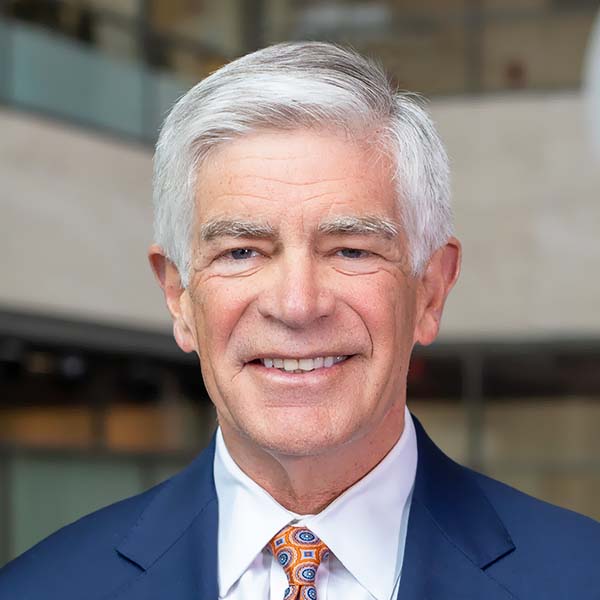Introduction
Good morning. Thank you for coming out today to discuss the Community Reinvestment Act (CRA) and the White House Promise Zone Initiative: Camden Promise Zone.
I would like to thank our partners for helping to organize today’s gathering: the FDIC, the Camden Redevelopment Agency, and the U.S. Department of Housing and Urban Development.
Finally, thank you, Mayor Dana Redd, and the City of Camden for welcoming us here to discuss the exciting goals of the White House Promise Zone Initiative. We look forward to discussing how locally developed plans can leverage private-sector investments that can create jobs and increase long-standing economic health.
The Community Reinvestment Act
I was born and raised right next door in Gloucester City, and my mother called North Camden her home as a child and young adult. Since I am a South Jersey native, it is wonderful to see all of the recent momentum and investment in the City of Camden.
You can see that anchor institutions, new businesses, and the city’s residents are all engaged in the effort to revitalize and transform this great city. The bustle of the downtown area — and on campus — tells us something new is happening.
I have spent most of my life in the Third District, so it is an honor to give back to the region via my role at the Federal Reserve Bank of Philadelphia.
The Federal Reserve Bank plays many roles throughout the Third District, which comprises eastern Pennsylvania, South Jersey, and Delaware. But in all we do, we must follow the goals of our dual mandate and that is to maximize employment and stabilize prices.
One of the critical functions we play involves regulating banks and serving as a resource to them in their ever-changing environment. Our cosponsor today ― the FDIC ― is also responsible for regulating banks, as is the Office of the Comptroller of the Currency, which examines national banks. Among our other responsibilities, we are all tasked with ensuring that our financial institutions are meeting their requirements under the Community Reinvestment Act or CRA.
As you all know, the CRA is an affirmative obligation for banks to lend, invest, and provide services where they operate. This includes help to low- and moderate-income communities as well as to low- and moderate-income individuals.
The CRA is both community focused and results oriented. Today, you will hear about some of the programs that have leveraged CRA capital to help revitalize communities and provide opportunity to residents. To support economic transformation in underserved communities, banks have used their CRA capital to partner with nonprofits and community development financial institutions.
Camden
Today, we will focus specifically on the impact of capital on building economically healthy and sustainable communities.
Through a small business loan, local entrepreneurs in Camden can provide for their families while increasing jobs for local residents. Such job creation can also revitalize the city.
Through an affordable mortgage, a young couple can fulfill their dream of becoming homeowners. As they build equity in their homes, they are creating wealth they can rely on in the future. And ― through their purchase ― they are making an investment in the city that will have a tremendous impact on the next generation of Camden residents.
Through a partnership with a community development financial institution, the creation of a grocery store, a housing development, a child-care facility, or a federally qualified health clinic can become a reality.
As you will hear from Mayor Redd and others, now is a critical time in Camden’s history. The federal government, prominent corporations, and others are becoming more aware of the great opportunities for investment here.
So, how do financial institutions more effectively engage in efforts that can benefit current Camden residents? And how can this be done while investments continue to support major changes going on in the city?
One way might be via the CRA. It is a tool that can ensure Camden has access to the resources it needs. This capital can provide pathways to all kinds of opportunities benefiting families, neighborhoods, and the city as a whole.
Today’s Event
Today’s event will explore this option in more depth. We will also see where Camden is heading as the city begins to implement plans that have been developed through collaborative leadership.
Finally, panel discussions will provide examples of programs and solutions that have leveraged CRA loans, both locally and throughout other regions.
Conclusion
Later today, I will take a tour of the city and will meet with public, private, and nonprofit leaders to learn more about their work and future plans.
The Federal Reserve Bank of Philadelphia looks forward to using what we learn today ― and working with you ― to support the leaders of this city in their efforts to foster a strong, vibrant, and inclusive economy.
So, once again, I want to thank you for being here for this important conversation.
Note: The views expressed are my own and not necessarily those of the Federal Reserve System or the FOMC.
View the Full Speech
